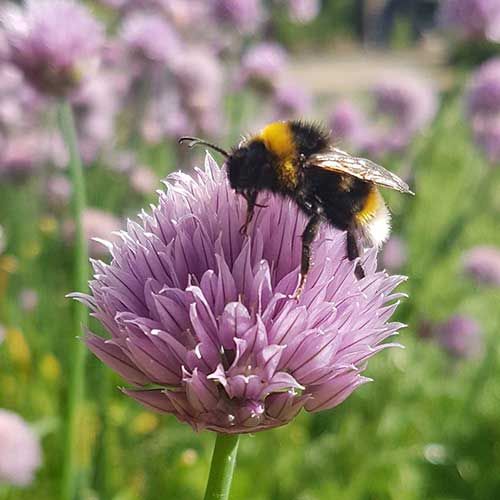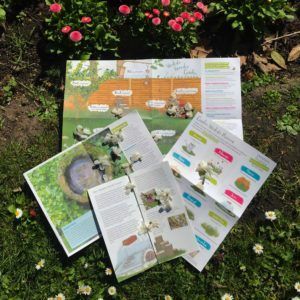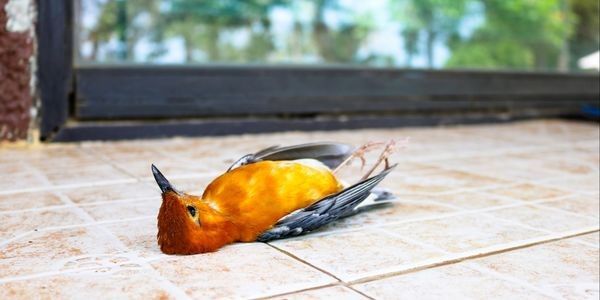|
There’s an inspirational woman who is working to help snow leopards in the South Gobi Desert. And fantastic news - she's received the 2019 Goldman Environmental Prize.
Bayarjargal (Bayara) Agvaantseren received the award for leading a successful 10 year effort to protect the snow leopard habitat of Tost Mountains.
- Bayara helped create the 1.8 million-acre Tost Tosonbumba Nature Reserve in the South Gobi Desert. It’s essential habitat for snow leopards.
- In April 2016, she persuaded the Mongolian government to cancel all 37 mining licences within the reserve! As of June 2018 there are no active mines there.
The problem for Mongolia's snow leopards
Only 4,000 to 7,000 snow leopards remain in the wild. Nearly 1,000 of them live in Mongolia’s steep mountain ranges and ravines. But they face problems:
- Poaching
- Cubs are being snatched for sale
- Killing for livestock depredation
- Habitat loss
Over 80% of the nation’s exports are minerals. The South Gobi Desert is a major mining hub. Coal, uranium, copper, gold, oil and gas are attractive to huge operations by Russian, Chinese and Mongolian companies.
Mining activities destroy snow leopard habitat and fragments it too. It pushes communities deeper into the snow leopards’ territory and causes more human-snow leopard conflict.
Bayara made a difference
Enter Bayara. She was a teacher and tour guide but when she interpreted for a scientist who came to study the snow leopard, she became fascinated with them.
She founded the Snow Leopard Conservation Foundation back in 2007. She worked for many years with herder communities on conservation projects and community initiatives.
The Foundation provides livestock insurance for herders, it supports research initiatives and it has a handicraft program run by women.
And when she discovered about mining operations in the Tost Mountains, which bridges two national parks in the South Gobi, Bayara acted as an envoy for the community. She met with government officials to advocate that Tost become a federally protected area.
Her collaboration with environmental journalists on a huge public outreach campaign resulted in the formal designation of the 1.8 million acre Tost Tosonbumba Nature Reserve.
This is the first federally protected area in Mongolia that’s protected for snow leopards. The area has a core breeding population of snow leopards; it forms an area of over 20,000 million acres of protected snow leopard habitat in the South Gobi.
Bayara put pressure on the government authorities to mollify the mining licences.
Changing the locals' perceptions of snow leopards
As well as persuading the government to protect the area, which cancelled all active mining licenses within the reserve, Bayaran moved perceptions of snow leopards amongst herder communities. They now see the snow leopard as a part of their identity.
You can help by making a donation
Today, Bayara is also the Mongolia Director for the International Snow Leopard Trust. You can support her work through the Snow Leopard Trust which at the time of writing was matching all donations made to her.
Visit Snow Leopard Conservation Foundation
Visit the Snow Leopard Trust
All donations for Bayara's efforts up to $20,000 will be matched by the Edrington Group and Snow Leopard Trust UK, so your gift has double the impact today!
|


